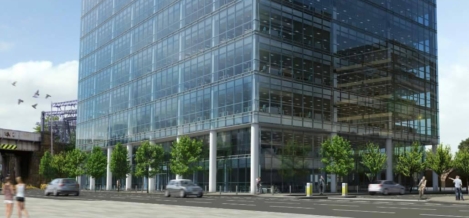December 1, 2015
Regional office market takes off, with Bristol and Manchester in demand 0
Demand for prime office space in key regional business hubs is strengthening, driven primarily by the professional services sector, according to a review of market trends in the UK property markets by Cushman & Wakefield. Manchester is the strongest performing regional office market, with several large transactions recently completed, but a number of other cities, such as Bristol, are also in hot demand. The Thames Valley, South East and West Midlands have been the strongest performing regions in 2015, and prime rents in the top office locations have reached new highs, with further growth forecast. While overall take up is being constrained, to a certain extent, by the lack of prime stock new commercial property developments are picking up as a result, but are still some way below what is required to meet demand levels and cities such as Glasgow, Manchester and Birmingham have all seen reductions in availability rates.
































November 5, 2015
Data transforms the roles of offices and the people who manage them
by Philip Ross • Comment, Facilities management, Technology, Workplace
More →